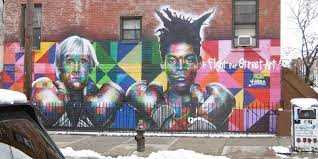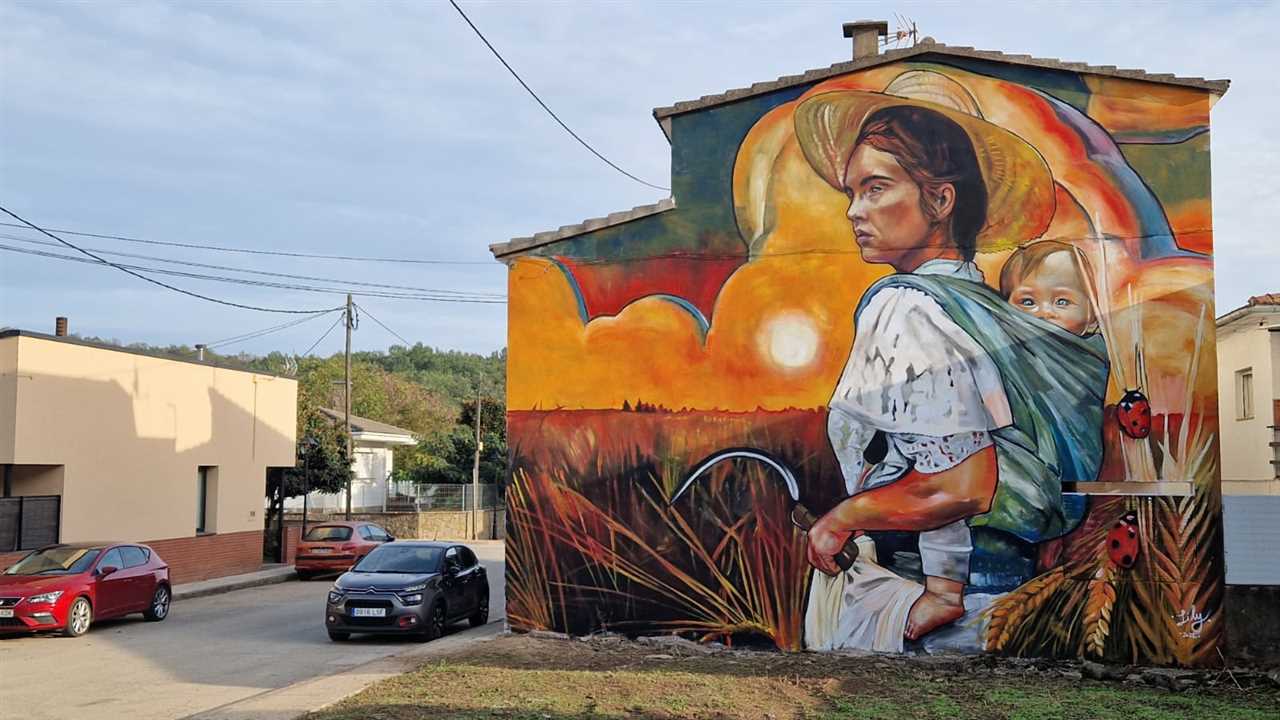
Walking through the streets of any city, one cannot help but notice the vibrant and captivating murals adorning the walls. These larger-than-life artworks not only add color and beauty to the urban landscape, but they also tell stories, convey messages, and reflect the soul of a community.
Murals have a long history and are deeply rooted in various cultures around the world. From ancient cave paintings to the magnificent frescoes of the Renaissance, art has served as a powerful means of expression and communication. In recent years, murals have experienced a resurgence, becoming a popular form of public art that engages and inspires both locals and visitors alike.
From political statements to personal tributes, each mural carries a unique narrative that represents the essence of the neighborhood in which it is located. Often created by local artists, these murals reflect the identity, struggles, and aspirations of the community. They can serve as a visual record of historical events, celebrate cultural heritage, or convey a message of social justice.
Unveiling a mural is a significant event that brings the community together, fostering a sense of pride and unity. It is an opportunity for artists to showcase their talent and create a lasting impact on the streetscape. By transforming a blank wall into a canvas of expression, murals challenge traditional notions of art, making it accessible to all and encouraging conversations that transcend language barriers.
In a world filled with noise and distractions, murals breathe life into the urban environment, reminding us of the power of creativity and the importance of storytelling. They invite us to pause, reflect, and connect with the narratives of our surroundings. So, the next time you encounter a mural, take a moment to appreciate the artistic journey it represents and the meaningful stories it unveils.
Mural art has a long and rich history that dates back thousands of years. Throughout different cultures and civilizations, murals have served as a form of communication, storytelling, and artistic expression. They can be found in ancient ruins, churches, public buildings, and even on the streets of cities around the world.
In ancient times, murals were often used to depict scenes of daily life, historical events, and religious beliefs. They were a way for people to preserve their culture and pass down stories from one generation to the next. Some of the most well-known ancient murals can be found in places like Pompeii, Egypt, and Mexico.
The Renaissance and the Rise of Mural Painting
During the Renaissance period in Europe, mural painting reached new heights of popularity and complexity. Artists like Michelangelo in Italy and Diego Rivera in Mexico created magnificent frescoes that adorned the walls and ceilings of churches and public buildings. These murals often depicted religious themes or historical events and were a way for artists to showcase their skills and leave a lasting legacy.
However, mural art was not limited to Europe during this time. In India, for example, the Ajanta and Ellora Caves contain some of the finest examples of ancient Buddhist murals. These intricate paintings were created by skilled artists using natural pigments and dyes.
Mural Art in the Modern Era
In the 20th century, mural art experienced a resurgence as artists began using walls and buildings as their canvas to create social and political commentary. One of the most famous examples of this is the mural art movement in Mexico led by artists like Diego Rivera, David Alfaro Siqueiros, and José Clemente Orozco. These artists used their murals to depict the struggles of the working class and to promote social justice.
In recent years, mural art has become increasingly popular in cities around the world. Street artists use murals to beautify urban landscapes, express their creativity, and make political statements. Some cities have even designated specific areas where artists can create murals legally and without fear of prosecution.
Today, mural art continues to evolve and adapt to new technologies and styles. Artists use a wide range of mediums, including paint, spray cans, mosaic tiles, and digital projections, to create their murals. They transform blank walls into vibrant works of art that tell stories, ignite conversations, and bring beauty to public spaces.
Symbolism in Murals
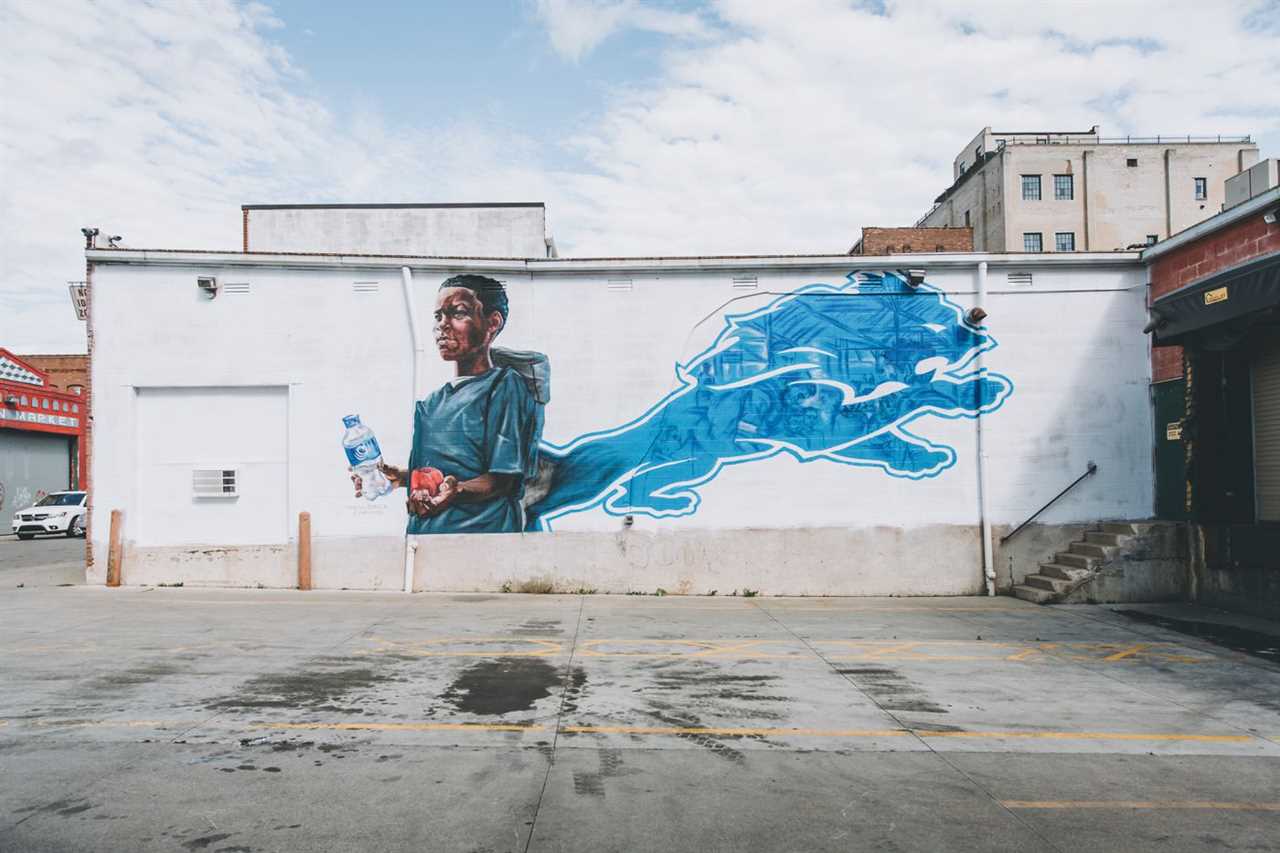
Murals, as a form of public art, often carry deep and layered symbolism that conveys powerful messages to the viewer. The use of symbolism in murals allows artists to communicate complex ideas, histories, and emotions in a visually striking and accessible way.
One common symbol found in murals is the dove, which is often used to represent peace and hope. The image of a dove with an olive branch in its beak has long been associated with the idea of peace and has been used in murals around the world to advocate for peace and social justice.
Another frequently used symbol in murals is the sun, which can represent warmth, light, and enlightenment. The sun is often depicted as a radiant and powerful source of energy, symbolizing growth, positivity, and the potential for change.
Flowers and plants are also commonly used symbols in murals, with each type of flower carrying its own meaning. For example, roses are often used to symbolize love and passion, while daisies can represent innocence and purity. The use of floral symbolism in murals can add a sense of beauty and renewal to the artwork.
Additionally, murals often incorporate symbols of cultural heritage and identity. These symbols can include flags, traditional clothing, or important cultural landmarks. By including these symbols, the artists are able to celebrate and honor their heritage, while also inviting viewers to learn more about different cultures and traditions.
Overall, symbolism in murals plays a crucial role in engaging viewers with the artwork and conveying powerful messages. By carefully selecting and incorporating symbols, artists are able to create visually striking and thought-provoking murals that leave a lasting impact on the community.
Murals as Political Commentary
Murals have long been used as a form of political commentary, allowing artists to express their opinions and beliefs in a visually striking and accessible way. Through the use of vibrant colors, bold imagery, and powerful symbolism, murals can convey powerful political messages that can stir emotions and provoke thought.
The Power of Visual Art
Visual art, such as murals, has the unique ability to transcend language barriers and reach a wide audience. This makes it an effective tool for political commentary, as it can convey complex ideas and critique social and political issues in a way that is easily understood and interpreted by the public.
Murals often serve as a visual representation of the community’s thoughts, feelings, and experiences. They can address a variety of political topics, from human rights and social justice to environmental concerns and government corruption. By using murals to comment on these issues, artists are able to mobilize and inspire change within their communities.
The Role of Street Art
Street art, including murals, has gained recognition as an important form of artistic expression, pushing the boundaries of traditional art spaces and engaging with a wider audience. Unlike paintings that hang in galleries, murals exist in the public sphere, attracting the attention of passersby and sparking conversations.
Murals as political commentary can be particularly powerful when placed in public spaces, as they challenge the status quo and bring attention to pressing issues. Street art has the potential to disrupt the urban landscape and force individuals to confront uncomfortable truths, creating a dialogue and fostering a sense of community engagement.
Artists who create political murals often aim to challenge the dominant narratives and give a voice to marginalized communities. By raising awareness and prompting discussions about important political topics, these murals can inspire individuals to take action and work towards social change.
References:
- Mclean, I. (2017). The Art of Street Art: Murals, Politics, and Power. Street Art & Graffiti Magazine.
- MTN-World. (2019). Street Artists Speak from Walls. Montana Colors.
- Prasad, P. (2020). The Role of Street Art in Politics and Social Movements. The Swaddle.
Fostering Community Identity
The unveiling of a mural on the streets is not just about decorating the city walls with artwork, but also about fostering a sense of community identity. These large-scale paintings serve as a visual representation of the stories, history, and values of the community they are located in.
The creation of a mural often involves collaboration between local artists, residents, and community organizations. This collective effort helps to create a sense of ownership and pride among the community members. They feel connected to the artwork and appreciate the representation of their culture and heritage.
Through the mural, community identity is celebrated and strengthened. It becomes a symbol that binds people together, reminding them of their shared experiences and aspirations. The artwork serves as a source of inspiration and encouragement for community members, fostering a sense of belonging and unity.
Moreover, the mural becomes a point of attraction for both residents and visitors, serving as a visual landmark that showcases the unique character of the community. It becomes a focal point for community gathering and interaction, fostering social connections and dialogue.
Murals as Agents of Change
Murals have long been recognized as powerful tools for social change and community empowerment. These large-scale artworks have the ability to transform public spaces and bring messages of hope, unity, and activism to communities around the world.
1. Transforming Public Spaces
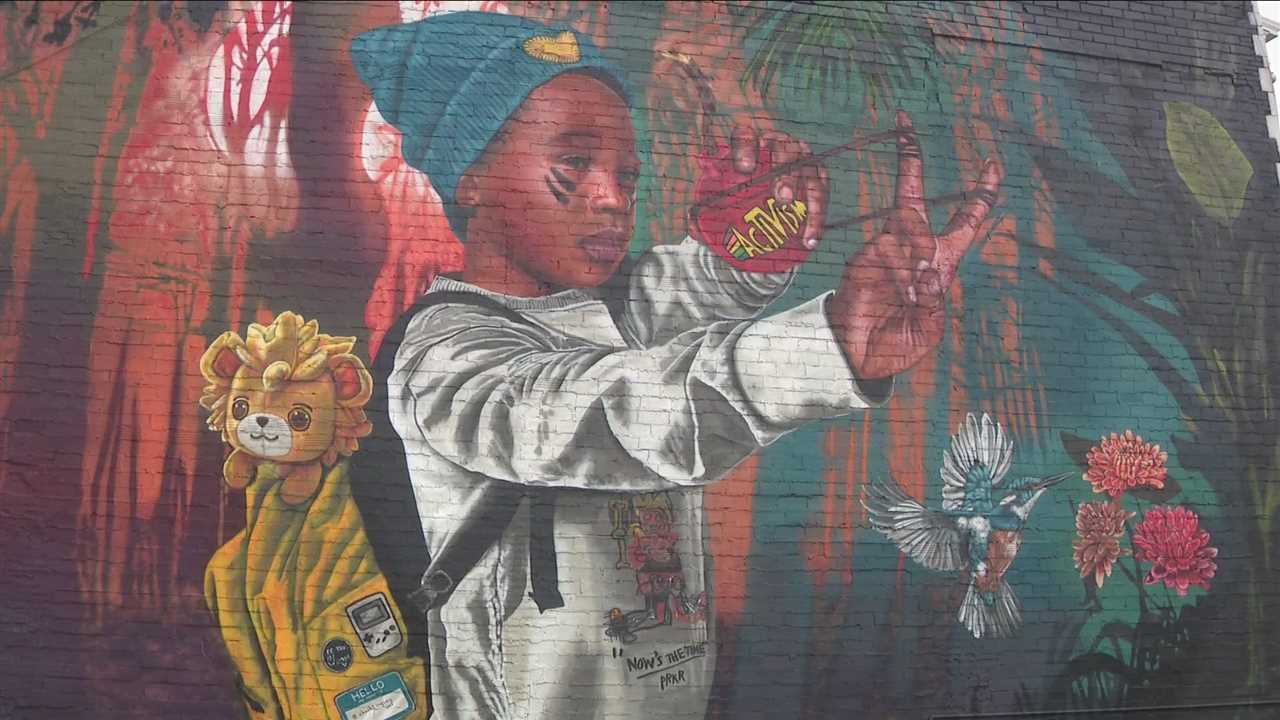
One of the main ways murals act as agents of change is by transforming public spaces. Blank walls and empty streets become vibrant canvases that reflect the identity, experiences, and values of a community. Through the use of bold colors, meaningful symbols, and powerful imagery, murals can turn neglected areas into cultural landmarks that inspire and uplift all who pass by.
By bringing art to the streets, murals also challenge traditional ideas of where art belongs and who it is for. They break down barriers and make art accessible to everyone, regardless of their socioeconomic status or cultural background. In this way, murals can spark a sense of pride and ownership among community members, creating a more inclusive and vibrant neighborhood.
2. Conveying Messages of Hope and Unity
Murals have the ability to convey powerful messages of hope and unity. They can serve as visual representations of shared values and aspirations, reminding communities of what they can achieve together. Whether it’s a mural depicting individuals from diverse backgrounds coming together, or a poignant image calling for social justice, these artworks have the power to inspire change and foster a sense of unity among community members.
Additionally, murals can serve as a form of storytelling, preserving and sharing the histories and experiences of a community. They can bring attention to important social issues, provoke conversations, and promote understanding and empathy among community members. Murals serve as a visual narrative that highlights the voices and stories that may otherwise go unheard.
Preserving and Protecting Murals
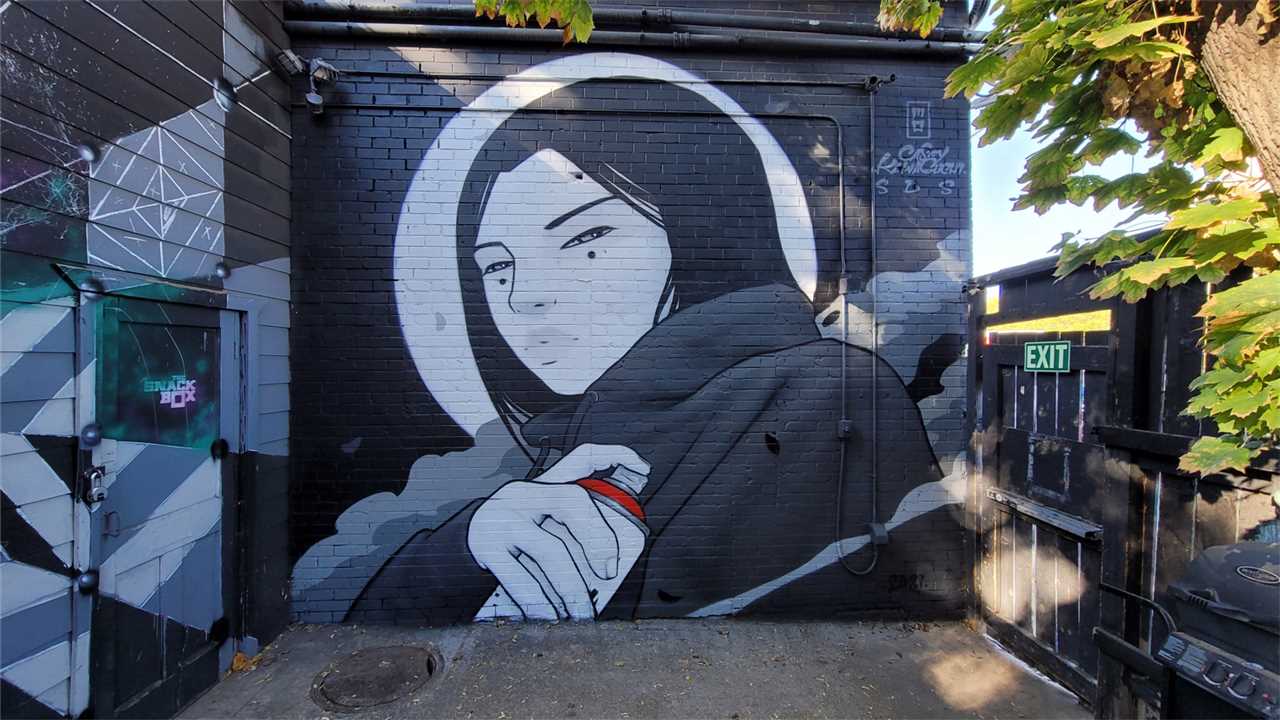
Murals are not only vibrant works of art, but they also serve as important cultural and historical landmarks. It is essential to preserve and protect these murals to ensure their longevity and maintain their cultural significance.
Preserving murals involves various steps and considerations. First, it is crucial to regularly inspect murals for any signs of deterioration, such as fading, peeling, or damage caused by weather or vandalism. Any necessary repairs should be undertaken promptly by professional conservators to prevent further deterioration.
Protecting murals from environmental factors is also essential. Applying a protective coating or sealant can help shield murals from moisture, UV radiation, and pollution. This protective layer can prolong the lifespan of the artwork and maintain its colors and details.
In addition to physical protection, community involvement plays a vital role in preserving murals. By fostering a sense of pride and ownership among local residents, the likelihood of vandalism or intentional damage to murals is reduced. Educating the community about the cultural significance of murals can also help instill a greater appreciation for these artistic expressions.
Furthermore, laws and regulations can be implemented to protect murals. Enacting legal measures that prevent the destruction or alteration of murals without proper authorization can deter acts of vandalism.
Preserving and protecting murals is an ongoing process that requires collaboration between artists, communities, and organizations dedicated to cultural preservation. By safeguarding these artistic narratives, we can ensure that future generations will have the opportunity to appreciate and learn from these significant pieces of public art.
The Future of Mural Art
Mural art has greatly evolved over time, reflecting changes in societies, cultures, and artistic approaches. As we look to the future of mural art, several trends and possibilities emerge.
1. Integration of Technology: With the advancement of technology, mural art is expected to incorporate digital elements. Augmented reality and interactive features can bring murals to life, creating immersive experiences for viewers.
2. Environmental Consciousness: As the world becomes more environmentally aware, mural artists are likely to focus on themes like sustainability, climate change, and conservation. Murals can serve as powerful statements and raise awareness about these pressing issues.
3. Cultural and Social Engagement: Mural art has always been a means of cultural expression, and in the future, it will continue to be a platform for social and political commentary. Murals may address topics such as diversity, equality, and social justice, fostering dialogue and encouraging positive change.
4. Collaboration and Community Engagement: Murals often involve collaboration between artists, communities, and organizations. In the future, this trend is expected to grow, with more community engagement in the creation of murals. This collaborative approach can strengthen community ties and empower local voices.
5. Digital Platforms and Virtual Exhibitions: While murals are traditionally seen on physical walls, the future may see the rise of digital platforms and virtual exhibitions showcasing mural art. This allows for a wider audience reach and access to murals regardless of geographical location.
6. Continual Transformation and Adaptability: Mural art is inherently transient, subject to weather, decay, and urban development. The future of mural art lies in its ability to continually transform and adapt to these changes. Artists may explore new techniques, materials, and approaches to create murals that withstand the test of time.
As we step into the future, mural art will remain a powerful form of storytelling, particularly in public spaces. It will continue to captivate and engage viewers, leaving a lasting impact on communities and individuals.

I am a mural enthusiast and a fervent admirer of street art. Rather than creating murals myself, I am passionate about collecting them. My love for street art knows no bounds. I am dedicated to curating and cherishing these artworks that grace the streets. My collection stands as a testament to my profound appreciation for this form of artistic expression.
read about me



